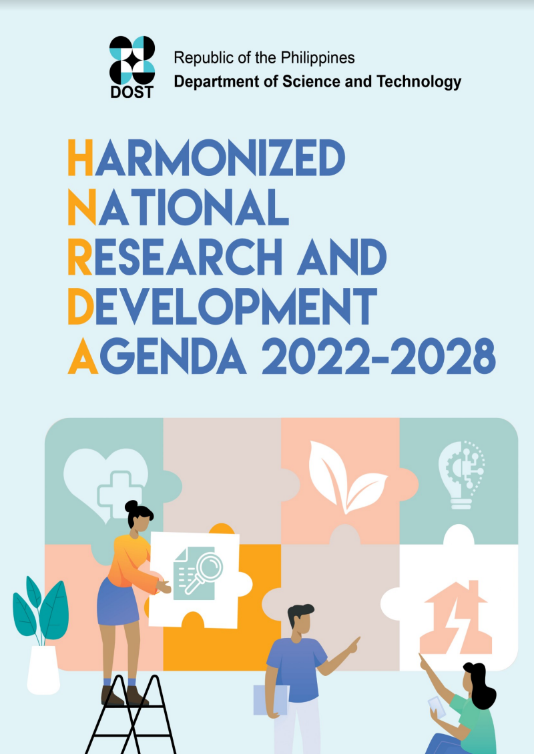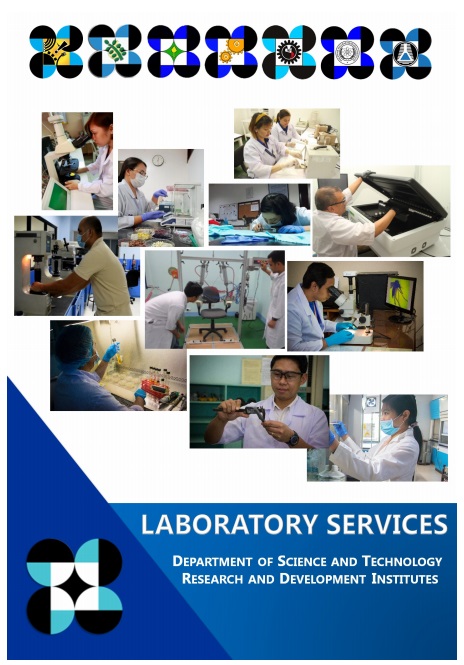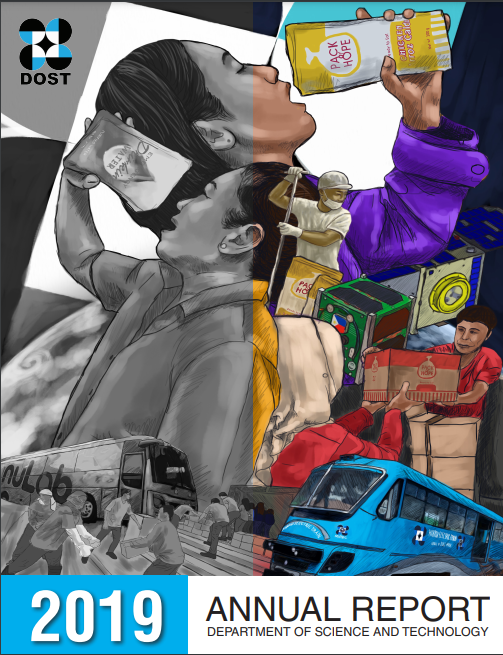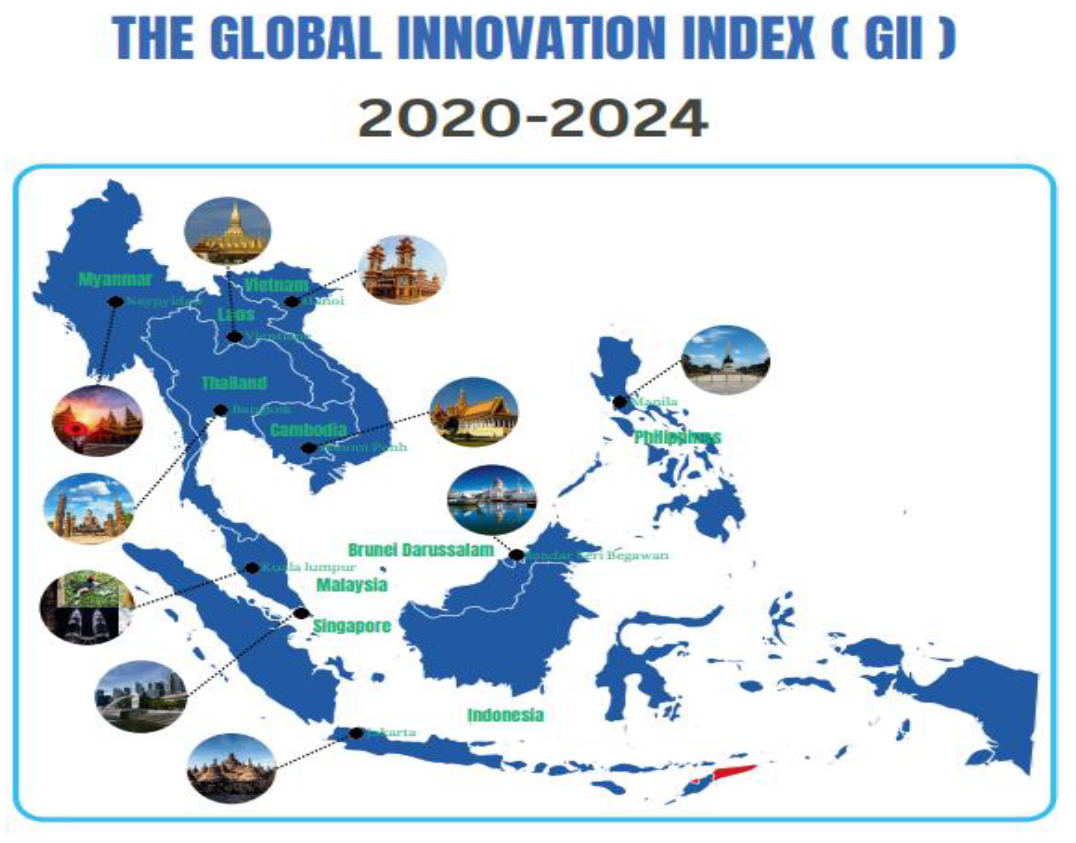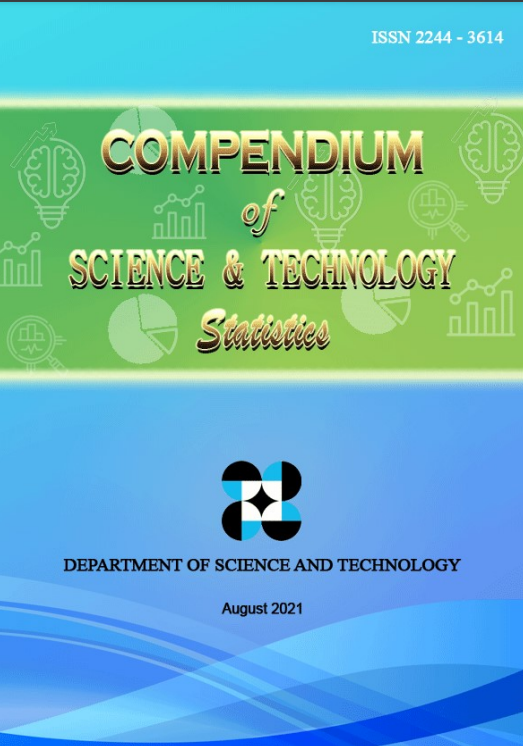DOST to set up smarter electronics product development hub
- Details
- Hits: 5078
The Department of Science and Technology is set to establish a modern, world-class product development center for electronics industry in Bicutan, Taguig City. This was revealed by Engr. Peter Antonio Banzon from DOST’s Advanced Science and Technology Institute in a recent forum on electronics and semiconductor industry at the New World Hotel in Makati City. The forum was part of DOST’s Philippine Council for Industry, Energy, and Emerging Technology Research and Development’s third anniversary celebration.
The proposed two-floor center will house state-of-the-art equipment and laboratory facilities specifically designed to cater to the electronics industry. The facilities will address the three major critical processes or steps in electronics product manufacturing, namely functional design, product prototyping, and product pilot releasing. These stages involve complex and highly important procedures to ensure products design quality and compliance to standard regulations.
“The center will basically support future R&D projects of electronics companies by providing access to tools and equipment as well as expert manpower in the product development center,” Engr. Banzon said.
The electronic industry is a key player in Philippine progress being the leading industry by contributing to as much as 67 percent of the country’s export share. In 2010, revenue from this industry reached USD31 billion. But a market study conducted by ASTI showed that given a conducive business environment and the necessary facility support, revenue can reach up to USD50 billion in 2016.
This potential will be highly maximized with the establishment of the center. Normally, local electronic companies send samples abroad for product design and testing, which may cost as much as USD5,000 to USD30,000.
Through DOST’s electronic product center, cost will be reduced to half and there will be a shorter turn around time unlike results from tests conducted abroad, which may take months. Further, companies can also easily mitigate risks to avoid certification test failure because of its accessibility. Thus, an increased foreign investment in electronics industry is expected.
The project has a total budget of PhP268 million, 90 percent of which will go to acquisition of the needed equipment. Currently, bidding for EMI Test System, one of the critical equipment required, is now ongoing. Building renovation will be followed by product prototyping which is targeted to start within the year.
Laboratory experts composed of consultant, engineers, and technicians will man the facility. When fully operated, the facility is expected to generate around PhP3.8 million annual income only from member companies of the Electronics Industries Association of the Philippines, Inc. (EIAPI), discounting other possible users.
Aside from the electronics industry, other potential users of the center include independent designers such as start-up businesses or incubation ventures, academe, other government agencies like National Telecommunications Commission and household appliance manufacturers and importers.
Late last year, DOST also launched the ADMATEL or Advanced Device and Materials Testing Laboratory, to cater to the semiconductor industry. Operation of the electronics product development center will complete the need of the country’s electronics exports, which is composed of 25 percent electronic manufacturing sector and 75 percent semiconductor manufacturing sector.
Invitation to ExpoScience 2013
- Details
- Hits: 4260

DOST Assistant Secretary and concurrent STII Director Raymund E. Liboro (right, holding microphone) served as Guest of Honor and Speaker for the flag-raising ceremony at the Department of Agriculture (DA) national office along Elliptical Road, Quezon City. In his talk, he discussed the upcoming celebration of the 2013 National Science and Technology Week (NSTW) July 23-27 at the SMX Convention Center, SM Mall of Asia , Pasay City. Asec. Liboro also promoted the use of the DOST-developed Ovicidal-Larvicidal Trap, which was later distributed to select DA employees. Similar talks to promote greater awareness for this year’s NSTW activities were also conducted by STII officials in other government offices such as the Office of the President, Office of the Vice-President. Department of Energy, Department of Health, and Philippine Drug Enforcement Agency. Admission to the Exposcience 2013 is free.
Twin IT events for jobseekers, aspiring technopreneurs
- Details
- Hits: 3886
Are you a nursing graduate looking for a rewarding career? An artist with a talent in creating game and animated characters? A fresh graduate aiming for a call center job? Or, are you aspiring to become the next Diosdado Banatao – the Pinoy whiz in Silicon Valley currently making waves as a venture capitalist and ITpreneur?
The Information and Communications Technology (ICT) sector may be the silver bullet for your career concerns.
To guide fresh college graduates and professionals seeking new career paths, twin events focused on the Information Technology and Business Process Management (IT-BPM) industry, startups and e-commerce are set to get underway on July 25, 2013 at the SMX Convention Center, Mall of Asia Complex in Pasay City.
The “Startup Forum" scheduled from 1:00 to 3:15 PM, and the “ITBPM Career Talk” slated from 3:30 to 6:00 PM, are organized by the Information and Communications Technology Office (ICTO) of the Department of Science and Technology (DOST).
The “Startup Forum” aims to give aspiring ITpreneurs an overview of starting a business via online media. The forum will tackle trends in ITpreneurship and guidelines for selling business ideas to industry investors.
To share their knowledge and experiences are industry experts and ITpreneurship pioneers from the Philippine Software Industry Association, IPO Philippines, Technology Application and Promotion Institute, Plug and Play Tech Center, and Ideaspace Foundation, Inc.
“We hope that this will inspire the youth to explore building their own startups and maximizing the use of ICT not only as a social/ lifestyle tool but also an instrument for a profitable career option,” said DOST-ICTO Deputy Executive Director Monchito B. Ibrahim.
Meanwhile, “IT-BPM Career Talk” will present various career options, perks, and rewards offered by the industry, as well as the skillset required.
“Information Technology and Business Process Management (IT-BPM) has a wide array of employment opportunities in different fields for people with varied educational backgrounds and preferences,” Ibrahim added. “This will be a venue for them to see which sector they find best maximizes their talents and skills.”
Featured speakers are from the different ICT Associations namely: Information Technology and Business Process Association of the Philippines, Animation Council of the Philippines, Game Developers Association of the Philippines, Health Information Management Outsourcing Association of the Philippines, Contact Center Association of the Philippines, and Philippine Software Industry Association.
“Startup Forum” and “ITBPM Career Talk” are among the activities lined up for Expo Science 2013 or the National Science and Technology Week organized by DOST. Bearing the theme, “Science, Technology and Innovation: The Road to a Smarter Philippines,” the annual event showcases the different DOST-developed top-flight technologies and projects that provide solutions to pressing national issues including industry competitiveness and employment.
For more information, log on to nstw.dost.gov.ph and science.ph.
ExpoScience 2013 to feature DOST service and testing labs
- Details
- Hits: 3851
In celebration of the National Science and Technology Week dubbed as Expo Science 2013 on July 23-27, the Department of Science and Technology (DOST) puts the spotlight on its technology innovations and support initiatives to various industries in line with its theme “Science, Technology and Innovations: The Road to a Smarter Philippines.”
In particular, these are the various technical service facilities and test laboratories offering product testing, analyses, and calibration services to enhance manufacturing companies’ product quality, industry growth and global competitiveness.
One of these is the Standards and Testing Division (STD), one of the technical service divisions of the DOST attached agency, the Industrial Technology Development Institute (ITDI). Aside from its chemical, physical and biological testing and analyses services, STD also performs research and development activities on other testing methods that may fit clients’ needs.
Another facility is the National Metrology Laboratory of the Philippines (NMLP), also under ITDI. The country’s virtual custodian of all units of measurement standards, NMLP conducts calibration and testing services to private firms on various measurements of mass, volume, pressure, force, length, density and volume, among others. NMLP is also the first and only laboratory in the Philippines to be accredited under ISO/IEC 17025:2005 by the German accreditation body, Deutsche Akkreditierungsstelle (DAkkS), for its technical competence in facilitating calibrations on electrical, mechanical and thermodynamic quantities.
Also to be featured in Expo Science 2013 is the Advanced Materials and Testing Laboratory (ADMATEL), a first-of-its-kind laboratory in the country which puts the Philippines on the international map of semicon and electronic parts testing by offering cost-effective services and shorter turn-around time for clients’ production processes. With its cutting-edge testing and materials analysis facilities. ADMATEL drives the industry up the value chain -- from the manufacturing and assembly phase, to the testing component, thus upping the ante for a sector viewed as one of the Philippines’ major economic drivers.













